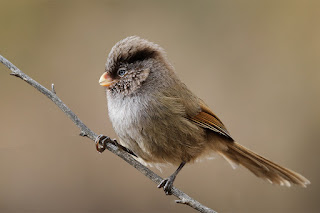I was quite content to accept that Bhutan’s earliest coin was called Ngingtum Ghatikab – old coin from Ghatika. Its credentials were impeccable – its place of birth – Ghatika, a small hamlet in the erstwhile Koch Kingdom - is still in existence in India’s West Bengal District. In 1906, on his return journey from Calcutta, India, Gongsa Ugyen Wangchuck - then Trongsa Poenlop - is supposed to have visited a mint in Ghatika - ostensibly to explore possibilities of improving the quality of his variety of coins.
Bhutanese coins find their origins in the Koch Kingdom’s Silver Narayani and, above all, the Ngingtum Ghatikab has all the qualifying birthmarks – such as the Bhutanese alphabets  and
and selectively inscribed on its obverse and reverse. Even the metal used in the production of the coin is spot on – silver.
selectively inscribed on its obverse and reverse. Even the metal used in the production of the coin is spot on – silver.
That all changed when someone knowledgeable suggested to me that the term “Ngingtum” could also mean “Precious Coin” – depending on how the word is spelt. It turns out that the Bhutanese spell the word in two different ways:
The other acceptable way to spell the word – depending on what is implied - is:
Precious Coin
Certainly, I see merit in both the points of view. However, when I began to tumble and flip the ideas in my mind – I came up with a third, even more credible, possibility - “Ngueltum”:
Silver Coin
I reasoned that the coin was fashioned out of silver. To the people who conceived the idea of the coin, if a name were needed for the coin, the most obvious would have been “Silver Coin” – because it is a coin made of silver. They could not have thought up “Old Coin” – because it was not old – it was brand new. “Precious Coin” would be overstating the obvious – I mean money is precious, that is something everyone knows.
So, until something more convincing starts to confuse me yet again, I am going to call our oldest coin – Ngueltang Ghatikab: Silver Coin from Ghatika. That would be in keeping with what is currently in vogue – we call our money “Ngultrum” – although a shamefully misconceived nomenclature, in addition to being wrongly spelt!
Our Nu.5 bank note, along with all the rest of the other notes, should have been correctly spelt as:
The following is how we spell the word now:
May be the people are right – it is a definite sign that the quality of our education has dropped! I had always held the view that it is not the quality of education that has dropped .... but that the quality of our children has dropped. Looks like I have to accept that the people may be right, after all!




.jpg)
















